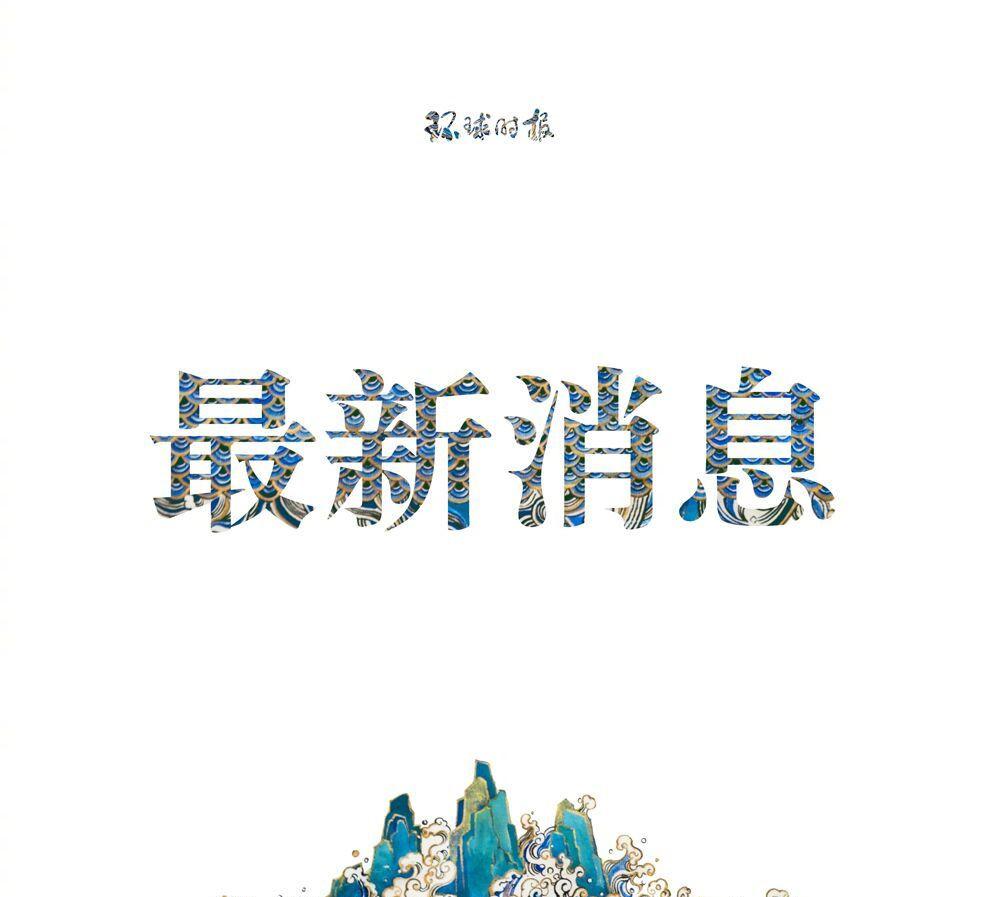
Affected by the Russian-Ukrainian conflict, Ukrainian cultural relics are in danger of being destroyed, and museum staff have packed precious cultural relics and works of art to reduce the risk of damage. On March 8, the United Nations Educational, Scientific and Cultural Organization (UNESCO) said that since Russia launched a "special military operation" against Ukraine, the organization has stepped up measures to protect Ukraine's endangered cultural heritage.
Use the Blue Shield logo
According to Reuters on March 8, UNESCO Director-General Audrey Azoulay said in a statement: "The first challenge is to mark cultural heritage sites and monuments and evoke their special status as protected areas in international law, Reuters reported. ”
In order to avoid intentional or accidental damage, UNESCO is marking the unique symbol of "Blue Shield" on cultural sites and monuments in Ukraine, which represents cultural sites in need of protection in the event of armed conflict, according to the 1954 Hague Convention for the Protection of Cultural Property in the Event of Armed Conflict.
Lazare Eloundou Assomo, director of UNESCO's World Heritage Centre, told Reuters: "The logo is also used because Russia and Ukraine are the two countries that have ratified this important convention. "When we ratify international conventions, we commit to respecting them." Asomo also added that UNESCO is monitoring all sites in Ukraine that may be at risk for their cultural heritage.
Among the properties inscribed on the World Heritage List, hagia Sophia and related monastic buildings in Kiev, the capital of Ukraine, are given priority, UNESCO said.
UNESCO is also working with the United Nations Institute for Training and Research (UNITAR) to assess damage by analysing satellite imagery of priority sites at risk or already affected. According to the statement, the monitoring system has covered more than a dozen such locations. Asomo said UNESCO is also monitoring the southern Ukrainian city of Odessa and stressed the urgency of marking these sites.
UNESCO plans to meet with Ukrainian cultural professionals, including World Heritage site managers and museum curators, on March 9 and 10 to determine whether they need technical or financial assistance.
After World War II, the Netherlands submitted to UNESCO a new international draft text on the protection of cultural property during armed conflict. Based on this, UNESCO adopted the Hague Convention in The Hague in 1954, which delineated buildings that were indestructible on both sides in the war and established regulations for the return of cultural relics. In 1972, the United Nations Educational, Scientific and Cultural Organization (UNESCO) established the Convention concerning the Protection of the World Cultural and Natural Heritage, and Ukraine became a member of the World Heritage Committee on 12 October 1988. As of 2021, ukraine has a total of 7 World Heritage Sites, of which 6 are cultural heritage sites and 1 is a natural heritage site.
A time race to preserve cultural heritage
The Associated Press reported on March 6 that the local museum has been closed since Russia launched a "special military operation." Museum staff placed carefully packaged works of art in cardboard boxes to avoid being destroyed by the fighting. As the war continues, antiquities and monuments across the country are in danger.
According to CNN, the Russian-Ukrainian conflict has led to the destruction of a museum containing works by the famous Ukrainian painter Maria Premachenko. Now, the city of Lviv, often referred to as the cultural capital of Ukraine, is seeking to preserve its rich collection of historical art.
In 1998, the Lviv Historical Center became the second ukrainian cultural complex to be inscribed on UNESCO's World Heritage List. In addition, the Lviv National Museum houses the most complete collection of medieval sacred works of art and rare religious manuscripts in the country.
"Today we see how Russia shells residential areas and even people who are evacuating," said Ihor Kozhan, director of the Lviv State Museum, "they promised not, but now we can't trust them." We need to protect our heritage because it is our national treasure. ”
In a rush to preserve its books, paintings and other artifacts, the staff had little time to wait for specialized packaging materials. Instead, volunteers hurriedly nailed the crates together with any available wood. On March 7, volunteers hurriedly packed ancient manuscripts into cardboard boxes that were originally used to transport bananas to supermarkets. The manuscript also includes a thousand-year-old Bible decorated with gold thread.
Kozan said he receives daily calls from other European cultural institutions to help preserve the museum's work. Anna Naurobska, head of the Rare Manuscripts and Books Department, said she still didn't know where to safely store the more than 12,000 pieces of the collection in boxes. The process of relocation, and the fact that the collection would be in danger if the city was attacked, left her overwhelmed.
At religious sites, people are also preparing for the worst. In order to safely store the artifacts, the Armenian Lviv Cathedral demolished a medieval wooden carving depicting the Crucif of Jesus. The huge stained glass windows of the Lviv Latin Cathedral, which survived world war II, are now sealed with steel plates. Many of the city's landmark statues are now wrapped in bubble wrap.
Kozan said all museums in Ukraine are now in danger.
Source: The Paper's reporter Nan Boyi intern Gong Yanhua